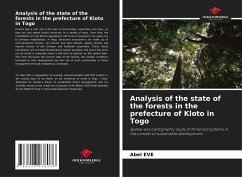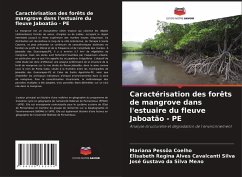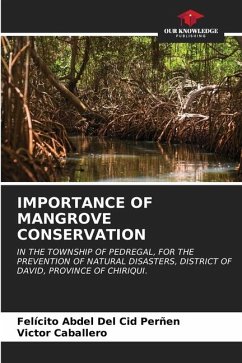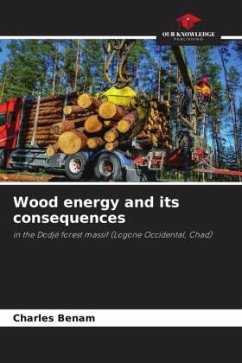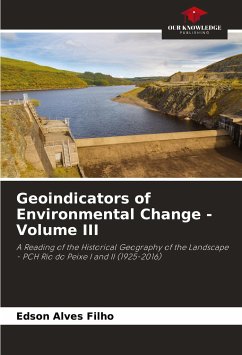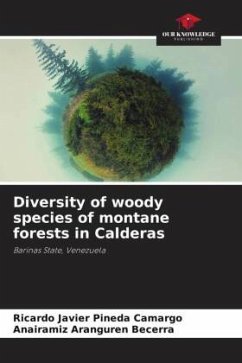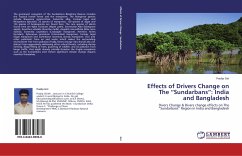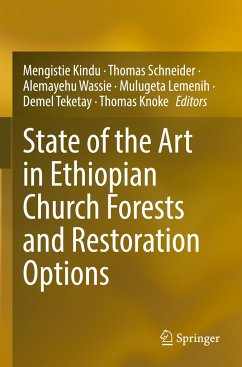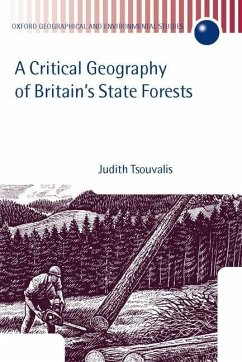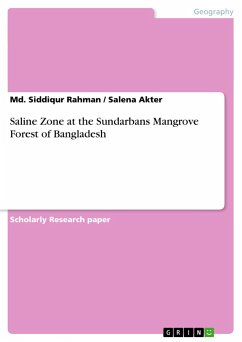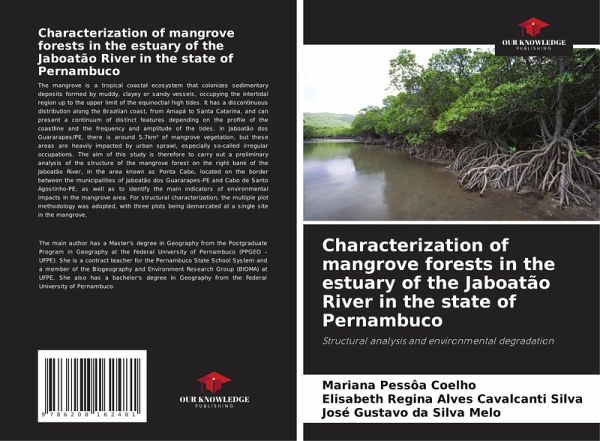
Characterization of mangrove forests in the estuary of the Jaboatão River in the state of Pernambuco
Structural analysis and environmental degradation
Versandkostenfrei!
Versandfertig in 6-10 Tagen
27,99 €
inkl. MwSt.

PAYBACK Punkte
14 °P sammeln!
The mangrove is a tropical coastal ecosystem that colonizes sedimentary deposits formed by muddy, clayey or sandy vessels, occupying the intertidal region up to the upper limit of the equinoctial high tides. It has a discontinuous distribution along the Brazilian coast, from Amapá to Santa Catarina, and can present a continuum of distinct features depending on the profile of the coastline and the frequency and amplitude of the tides. In Jaboatão dos Guararapes/PE, there is around 5.7km² of mangrove vegetation, but these areas are heavily impacted by urban sprawl, especially so-called irregu...
The mangrove is a tropical coastal ecosystem that colonizes sedimentary deposits formed by muddy, clayey or sandy vessels, occupying the intertidal region up to the upper limit of the equinoctial high tides. It has a discontinuous distribution along the Brazilian coast, from Amapá to Santa Catarina, and can present a continuum of distinct features depending on the profile of the coastline and the frequency and amplitude of the tides. In Jaboatão dos Guararapes/PE, there is around 5.7km² of mangrove vegetation, but these areas are heavily impacted by urban sprawl, especially so-called irregular occupations. The aim of this study is therefore to carry out a preliminary analysis of the structure of the mangrove forest on the right bank of the Jaboatão River, in the area known as Ponta Cabo, located on the border between the municipalities of Jaboatão dos Guararapes-PE and Cabo de Santo Agostinho-PE, as well as to identify the main indicators of environmental impacts in the mangrove area. For structural characterization, the multiple plot methodology was adopted, with three plots being demarcated at a single site in the mangrove.





